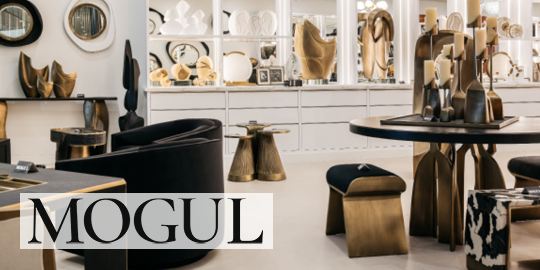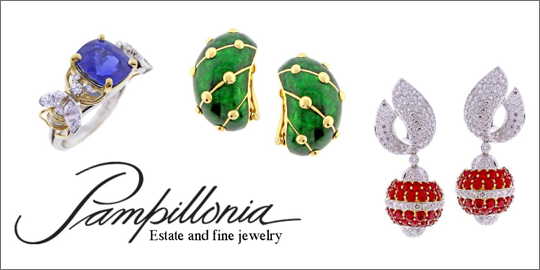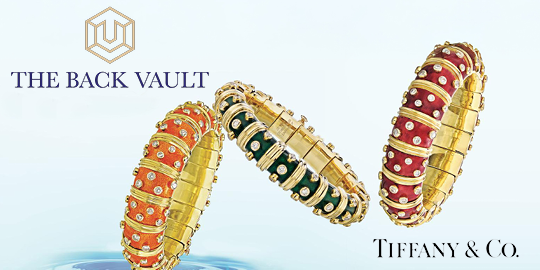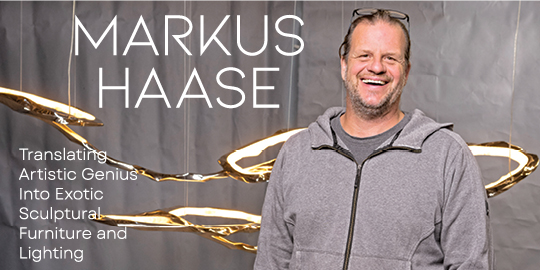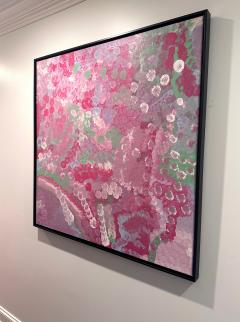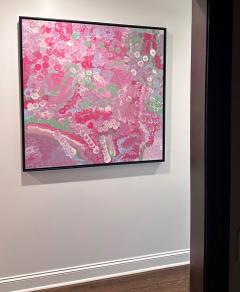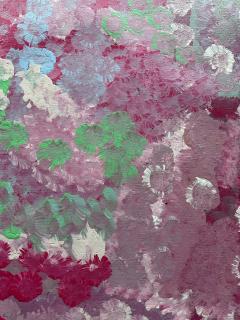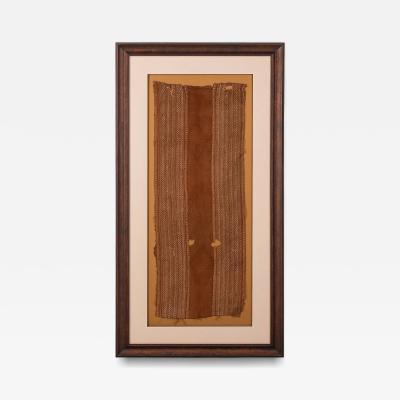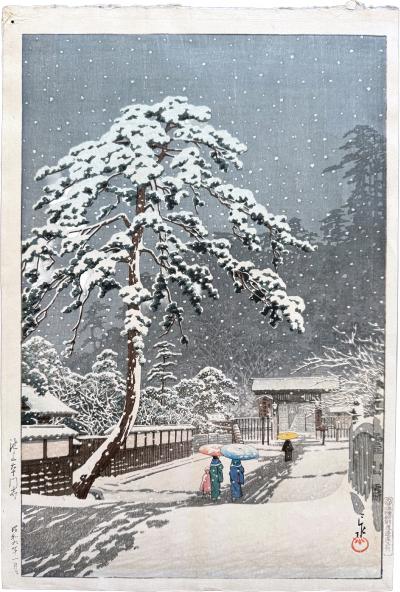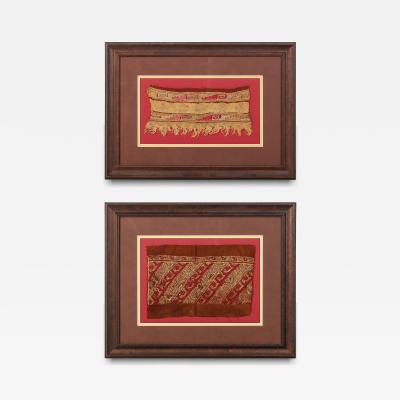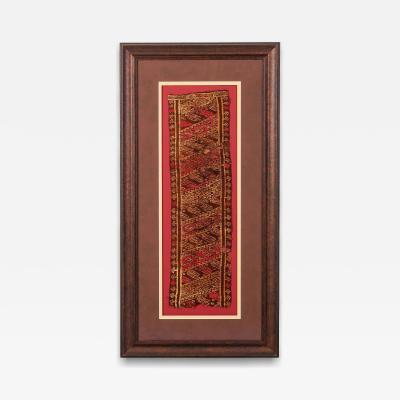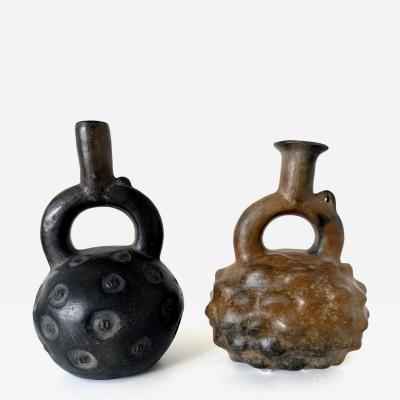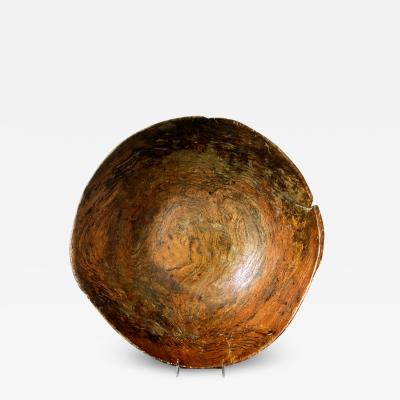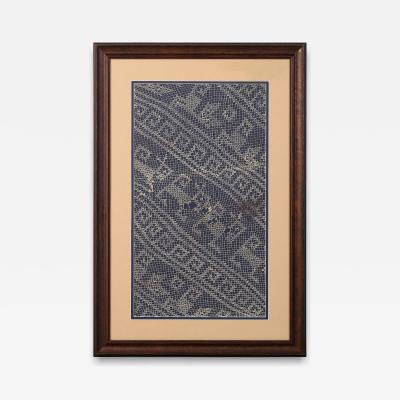Australian Aboriginal Painting by Emily Kame Kngwarreye Provenance
-
Description
A stunning large painting by one of the best-known aboriginal painters from Australia Emily Kame Kngwarreye. It was created in 1990s and depicts one of her dreaming "Wildflower Dreaming", which is the blossom from Wild Yam, an important food sources for her people. She used what she called "dump-dump" style, an iconic dabbing method to create the layers and motions. The unusual color palette of shades of pink, purple, green and white suggests a summery bloom.
The painting was purchased in Australia in 2005 from renowned DACOU (Dreaming Art Centre of Utopia). It was signed "Emily" on the back and marked with a gallery catalog no "DACOU674. It is accompanied by the original binder from DACOU that includes a COA, an extensive biography and resume of Emily Kame Kngwarreye as well as information relating to Utopia. It is presented in a wood frame as shown. The canvas only is 47" x 47".
Emily Kame Kngwarreye (1916–1996) was adopted as a child by Jacob Jones, an important lawman in the Anmatyerre community. She spoke Eastern Anmatyerre and worked as a stock hand on various stations in the Alhalkere (Soakage Bore) area. Her line of work was evidence of her personality and fierce independence during a time when most aboriginal women were employed only for domestic duties.
Emily began her artistic career in batik on silk as did many of the artists at Utopia. However, she expanded her artistic works into painting with acrylics during the summer of 1988-1989, “A Summer Project.” She enjoyed the transition of medium, because the painting permitted her to explore a variety of techniques.
Her painting reflected the foundation of her artistic career in batik with a layered transparency of color. The colors were built up in layers through many applications of the paint brush, and where they overlapped and met, she created a feeling of movement and depth.
A quick glance at her work, and one would assume it had modernistic leanings. However, the source of her art was based in the spiritual meaning from the traditions of her people. Early on she painted sacred aspects of her culture, but the tribal elders disapproved. Gradually she moved the subject of her paintings to include her culture as a whole and expanded the subjects to include a very broad picture of the land and how it supported her people. She embraced a vision of myth, the seeds, flowers, wind and sand of her land. She held an appreciation for “all things else, the whole lot.”
Emily’s artwork shows life and movement. The colors come together and change as if communicating messages out into the universe. With her subjects on canvas and paint, her art went beyond her culture and traditions to greet the world.
She was awarded the prestigious Australian Artists Creative Fellowship in 1992 and has been selected for the following collections and exhibitions: Contemporary Aboriginal Art: The Robert Holmes a Court Collection which toured the United States in 1990, Aboriginal Women’s Art at the Art Gallery in New South Wales, Aratjara in 1993-1994, Stories in 1995.
She represented Australia (posthumously) in the Venice Biennale in 1997, and her work toured Australia in 1997-1998. -
More Information
Documentation: Certificate of Authenticity Origin: Australia Period: 1980-1999 Materials: acrylic on canvas, wood frame Condition: Good. Creation Date: 1990s Styles / Movements: Abstract Expressionism, Contemporary Incollect Reference #: 805563 -
Dimensions
W. 50 in; H. 50 in; D. 1.5 in; W. 127 cm; H. 127 cm; D. 3.81 cm;
Message from Seller:
Tishu, based in Atlanta, GA, offers a diverse collection ranging from Neolithic art to 20th-century collectibles, with a focus on Mid-century design, Japanese and Korean art, Asian textiles, and Contemporary Aboriginal art. Driven by a passion for timeless beauty, the gallery is open by appointment only and offers works that span 5,000 years of history. Reach them at 305-400-0561 or tishu@tishugallery.com.








